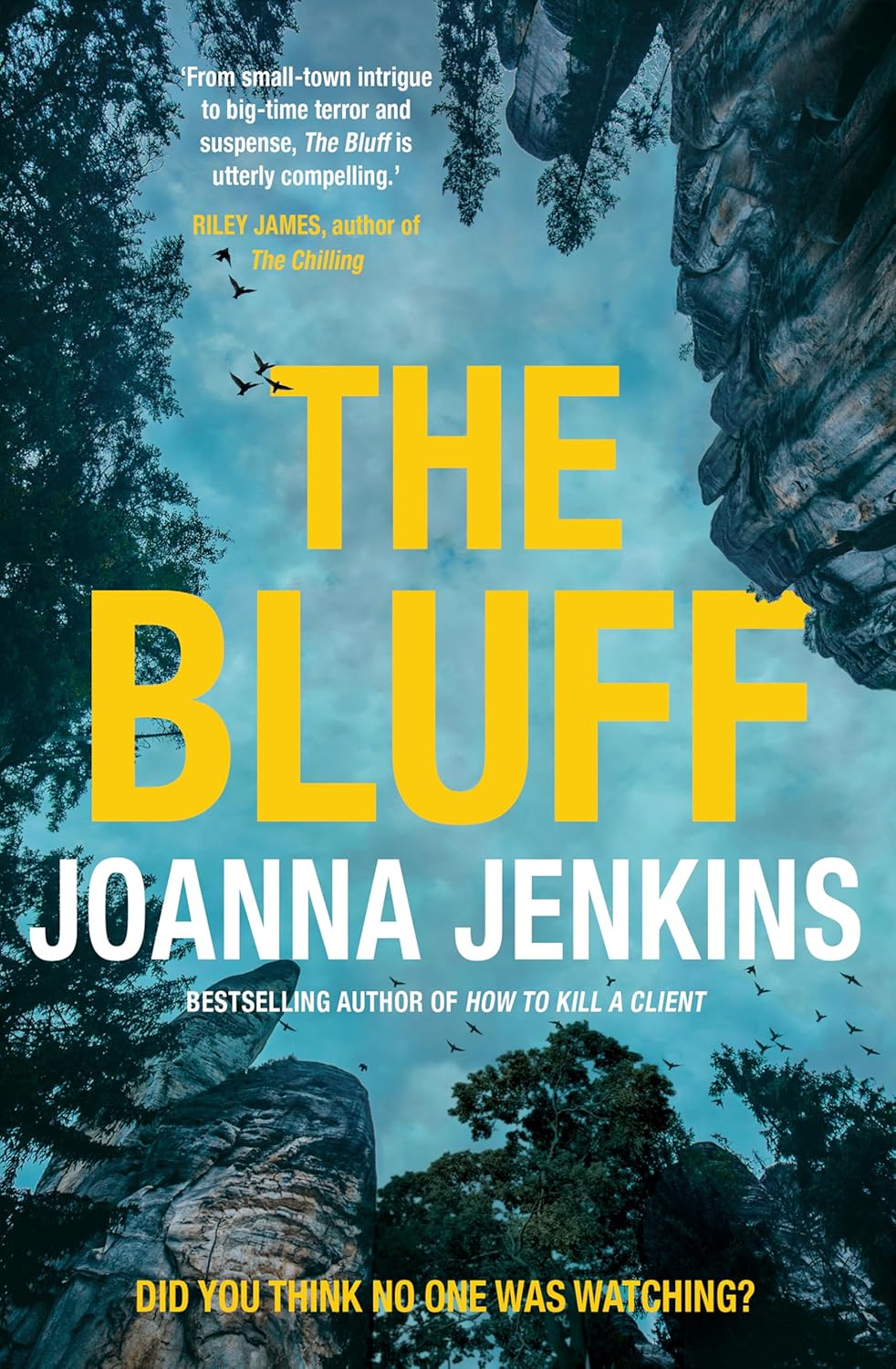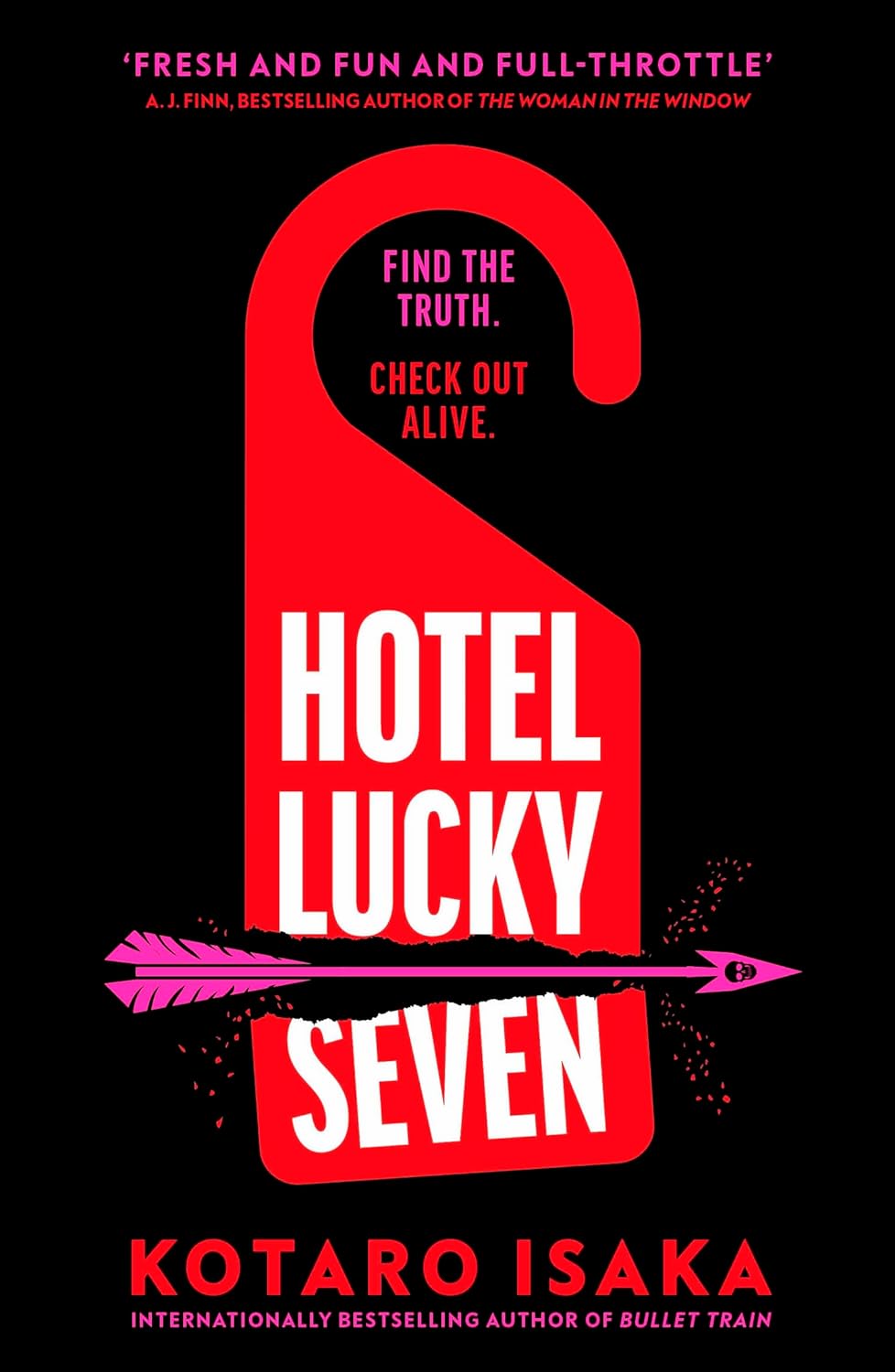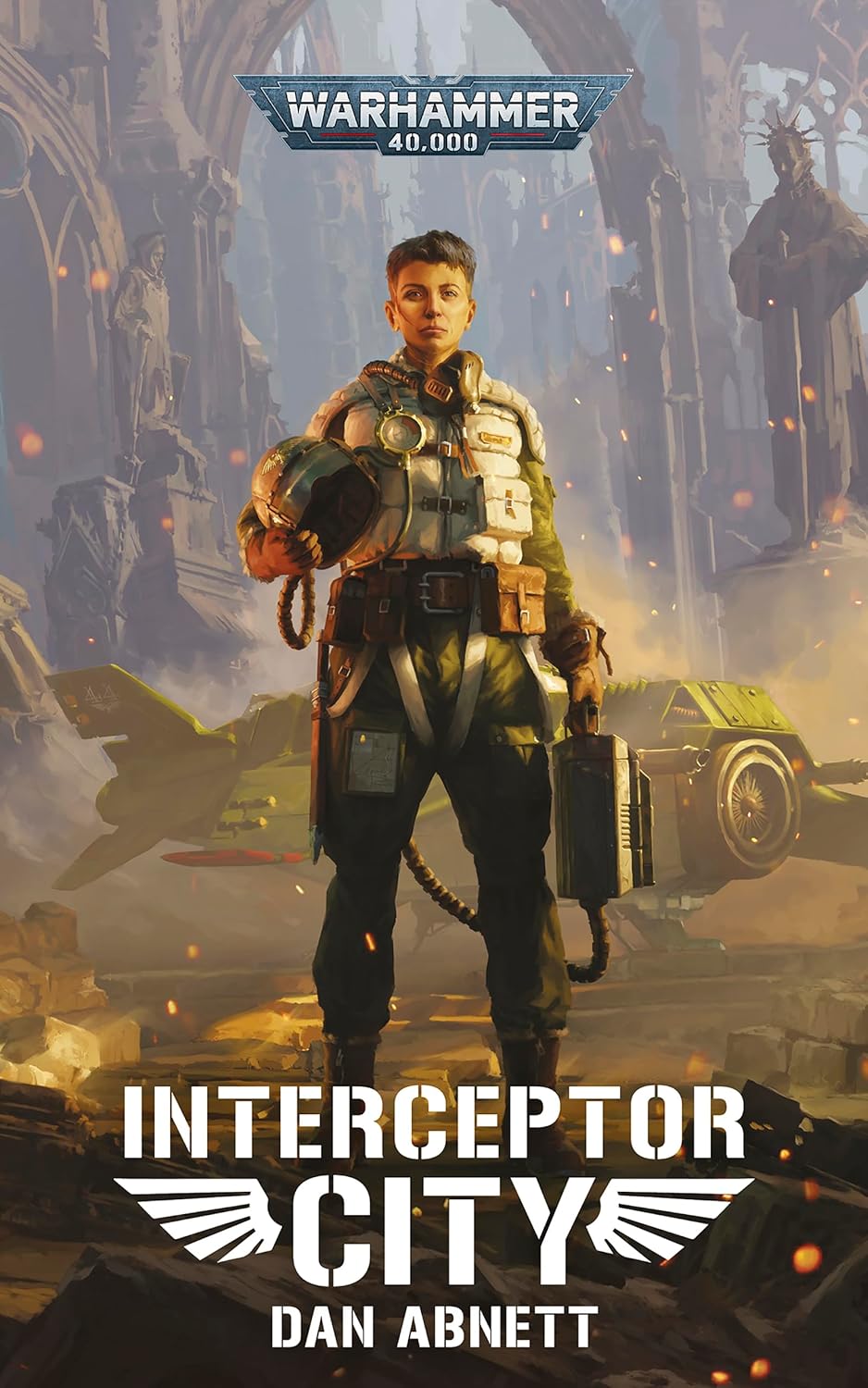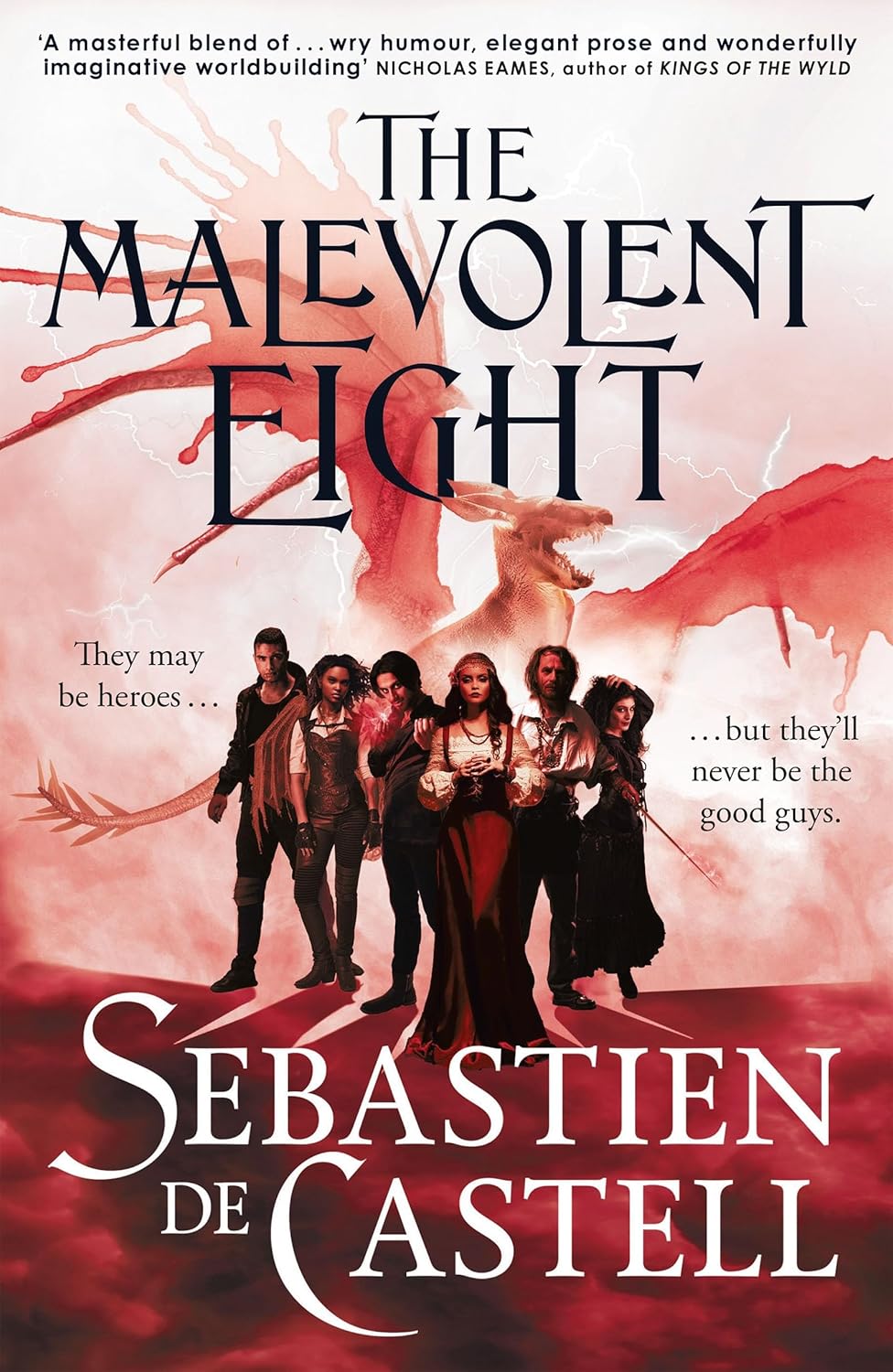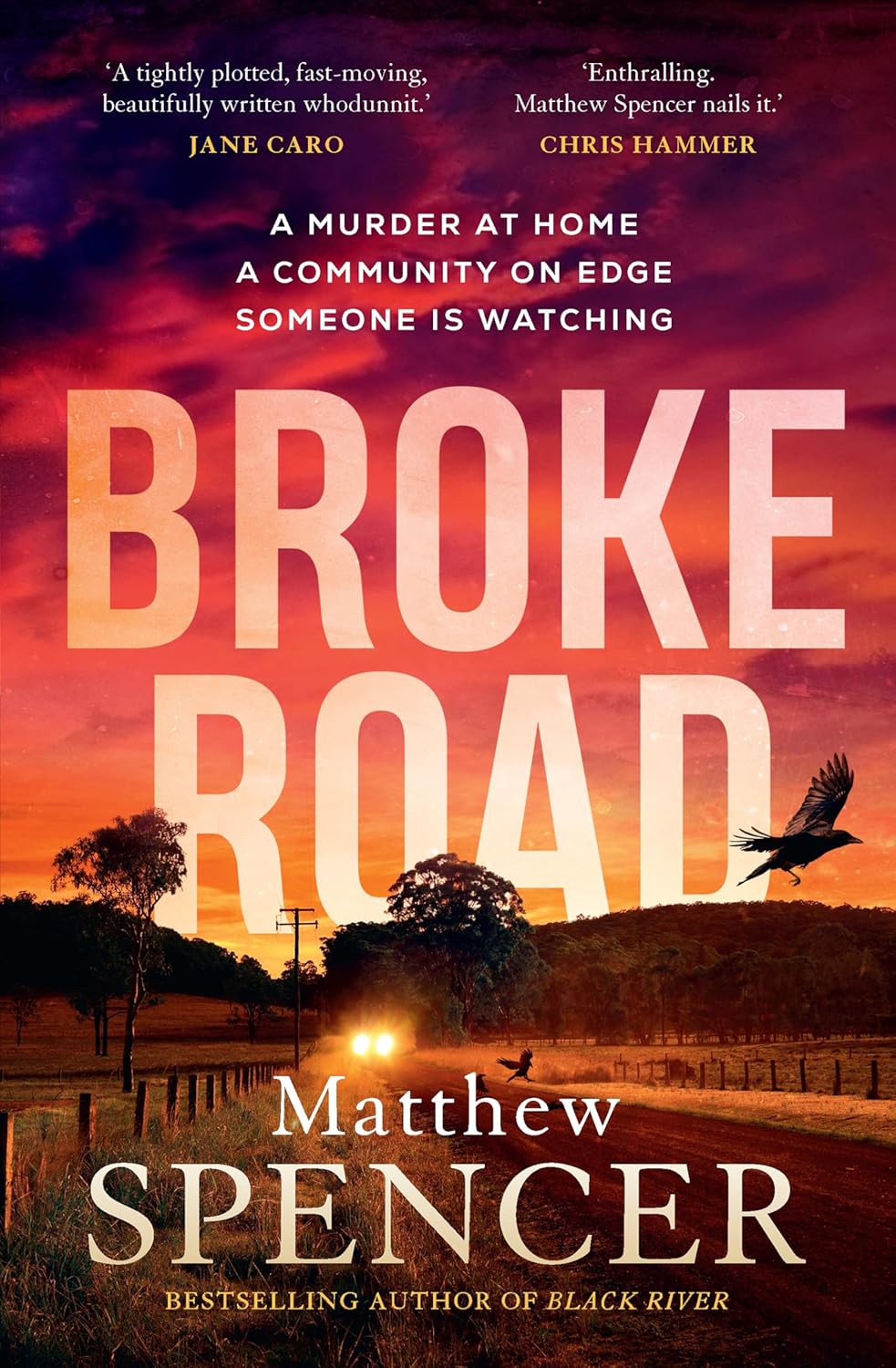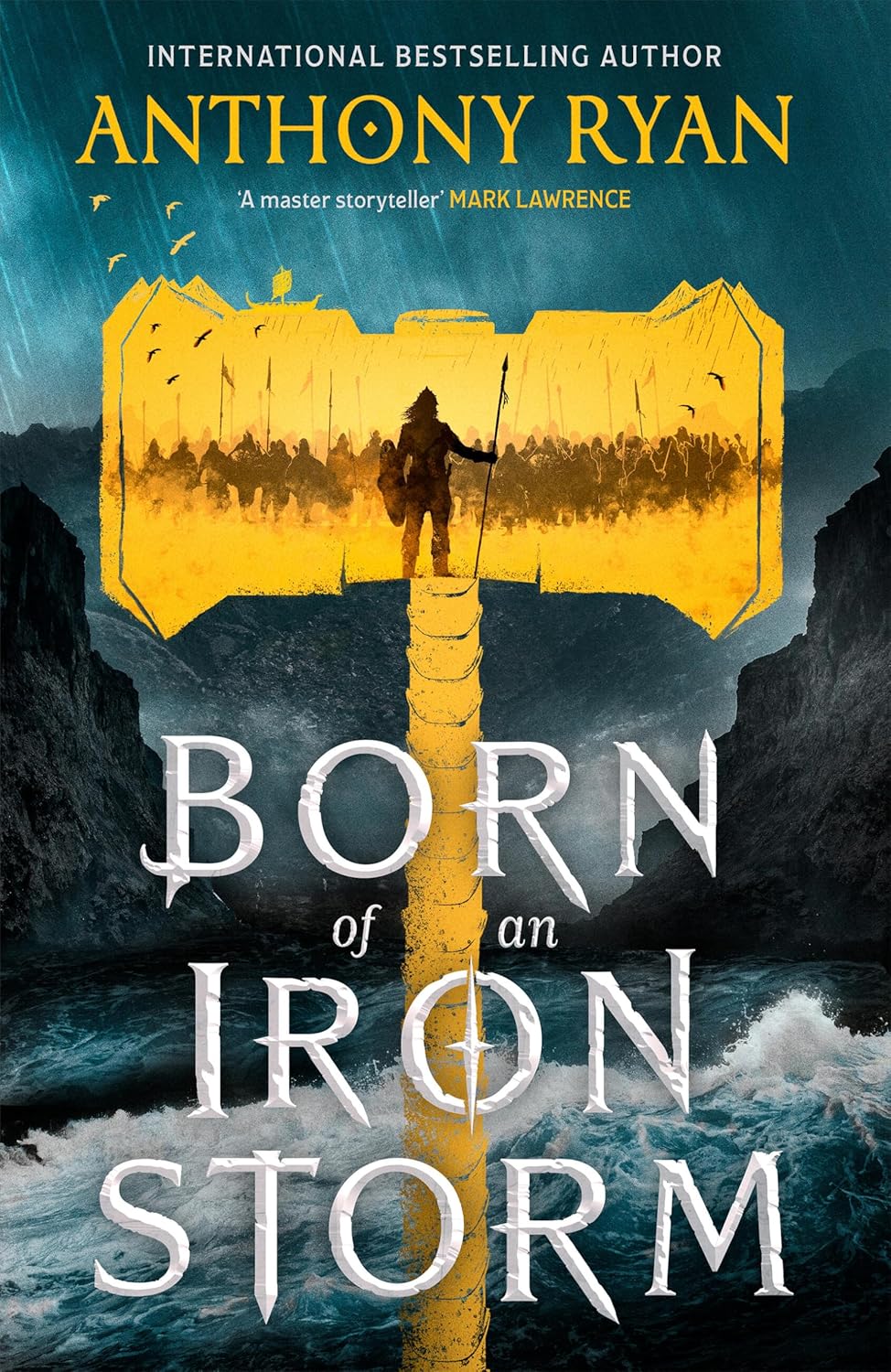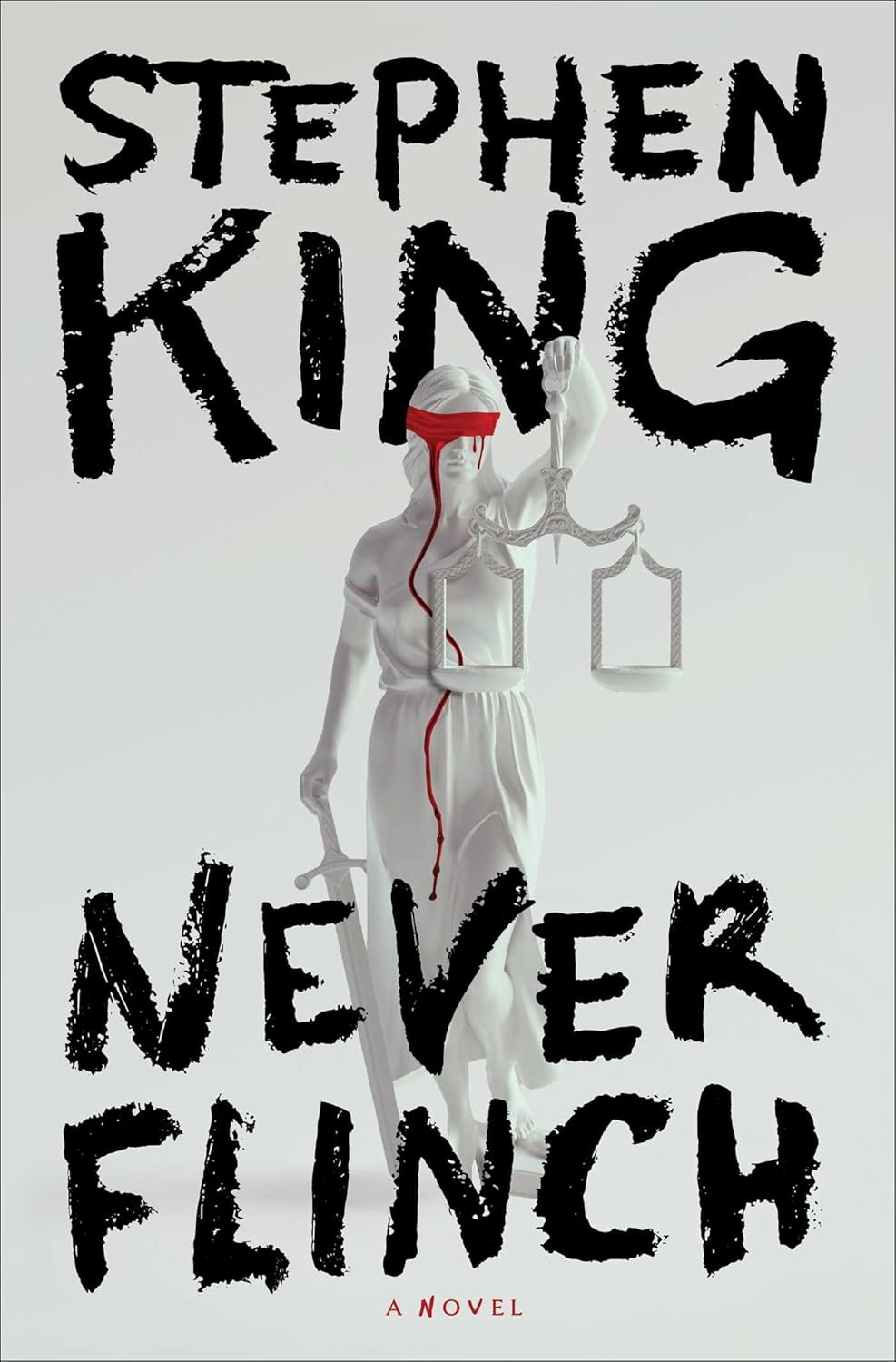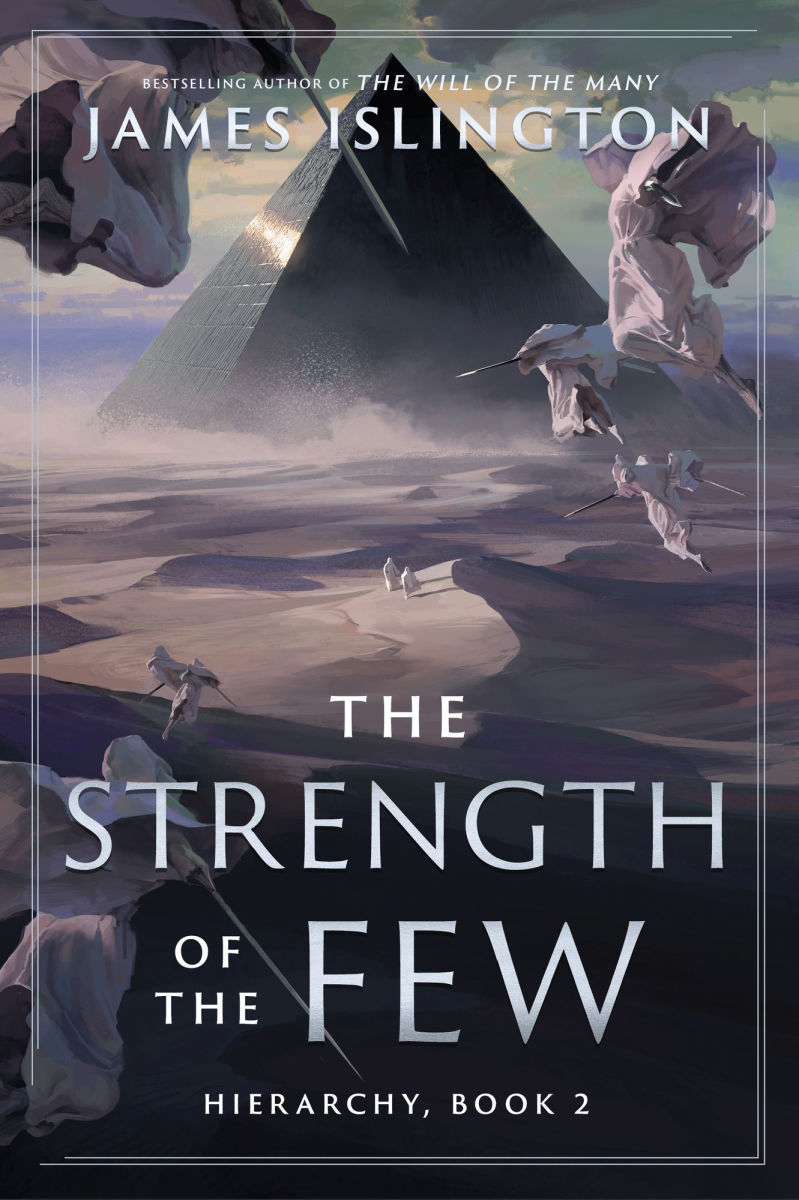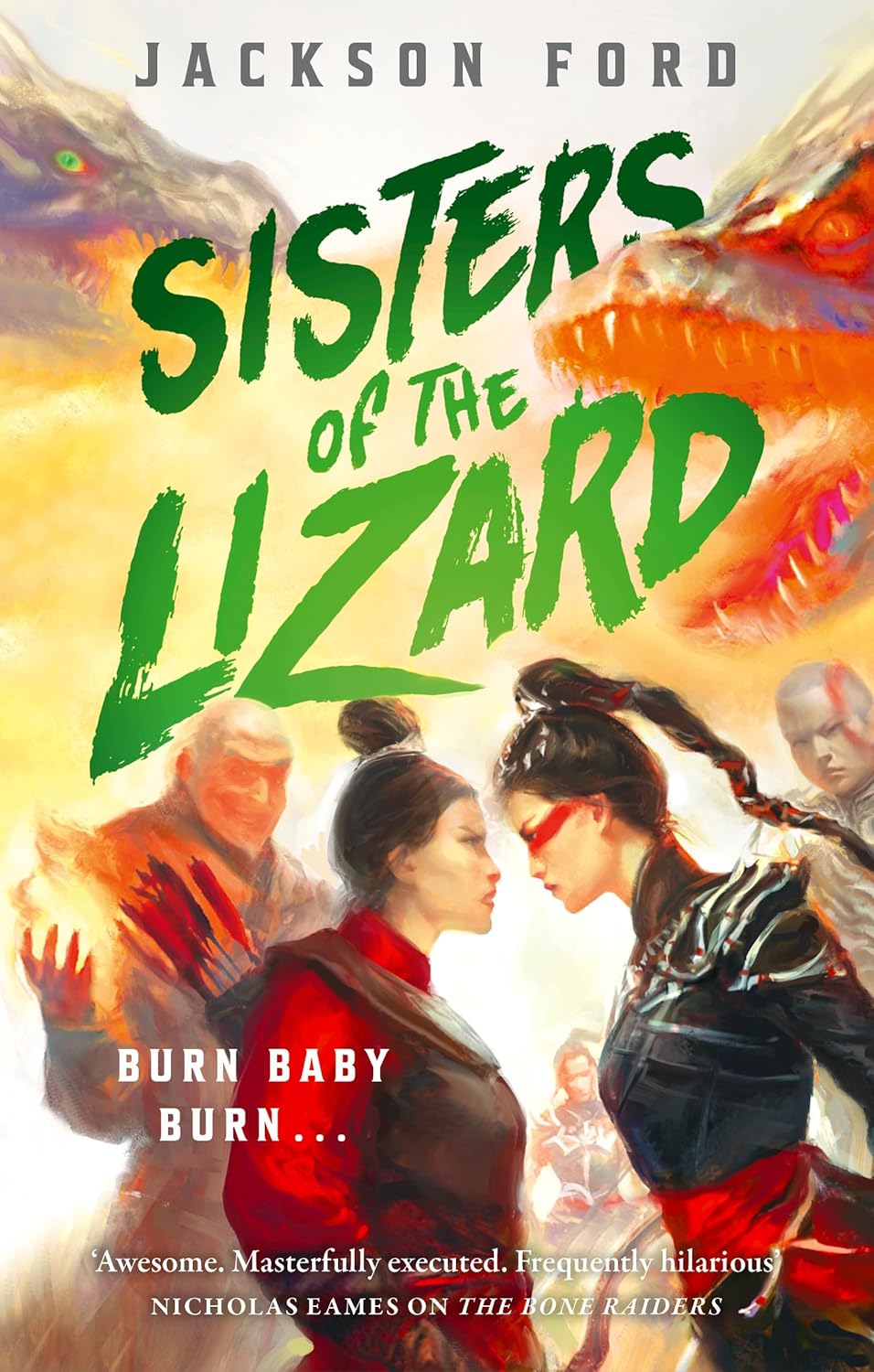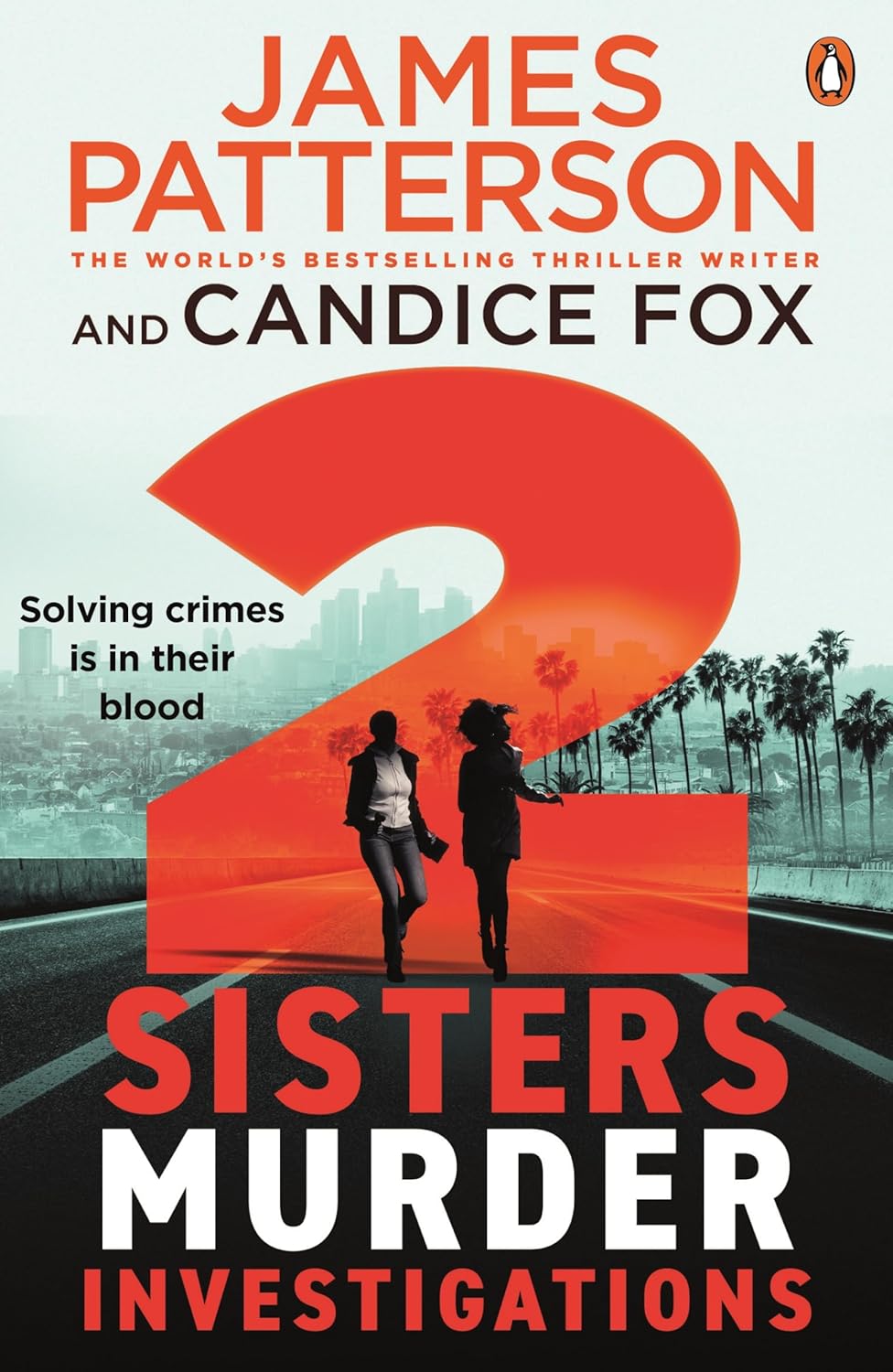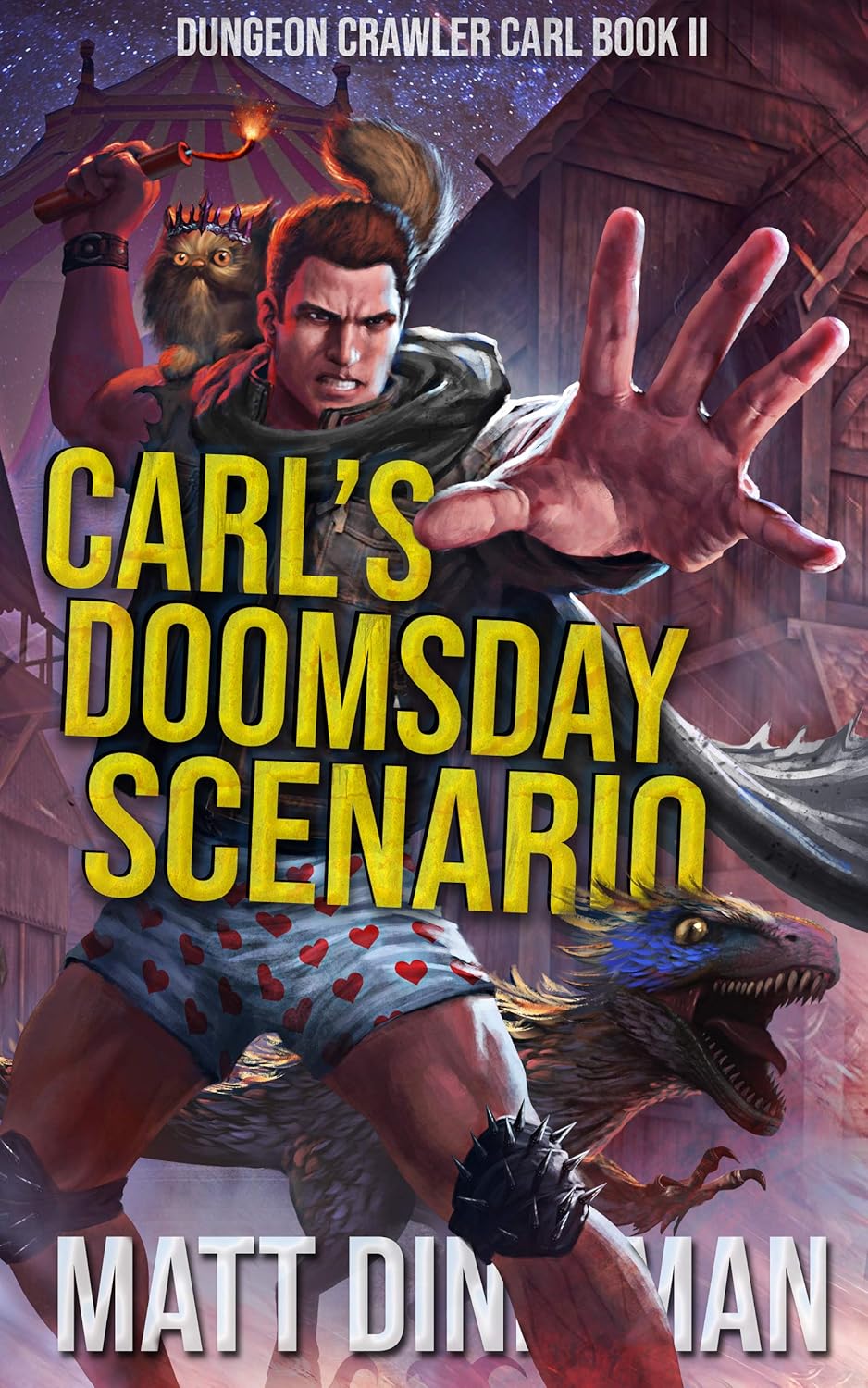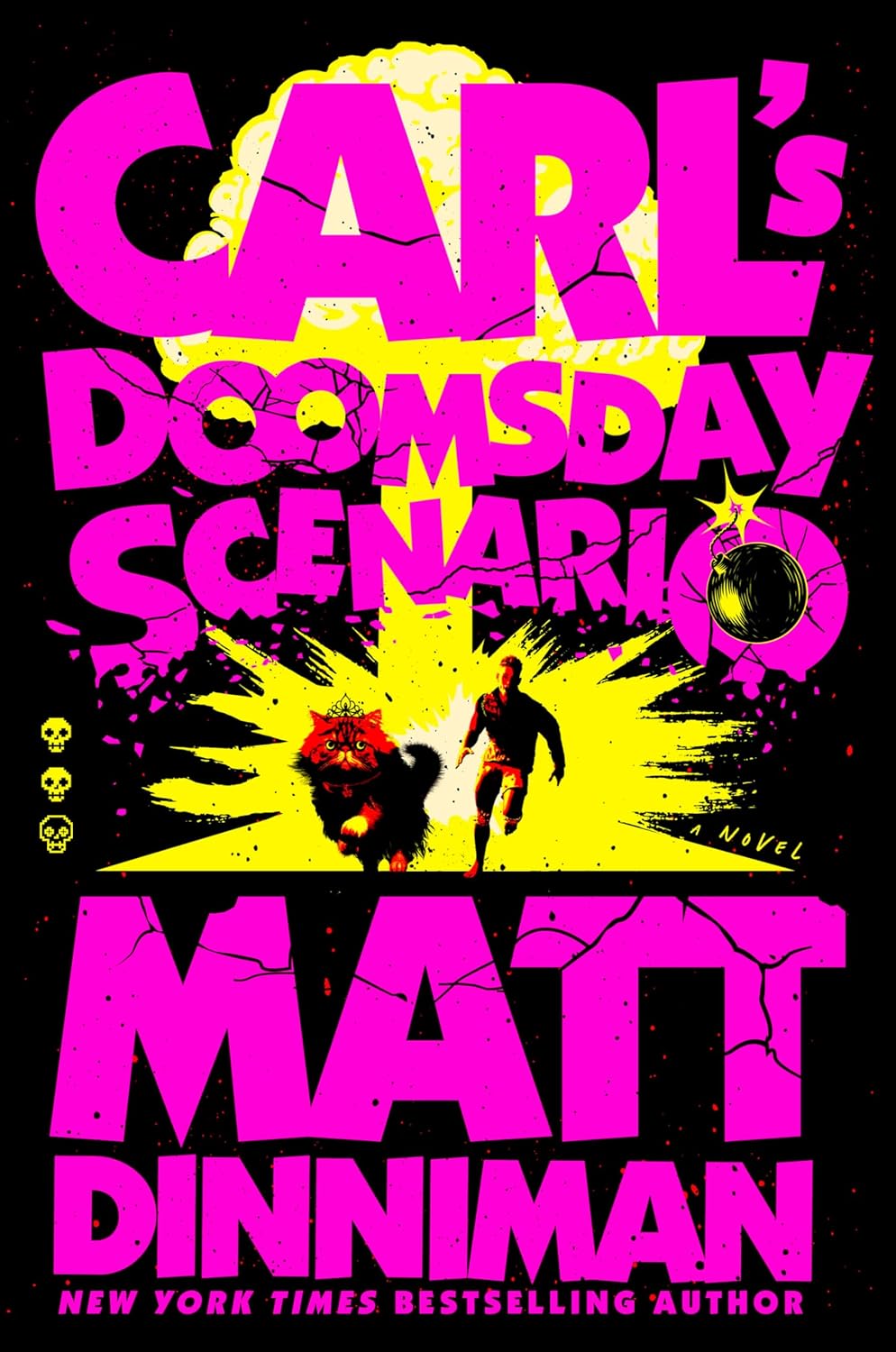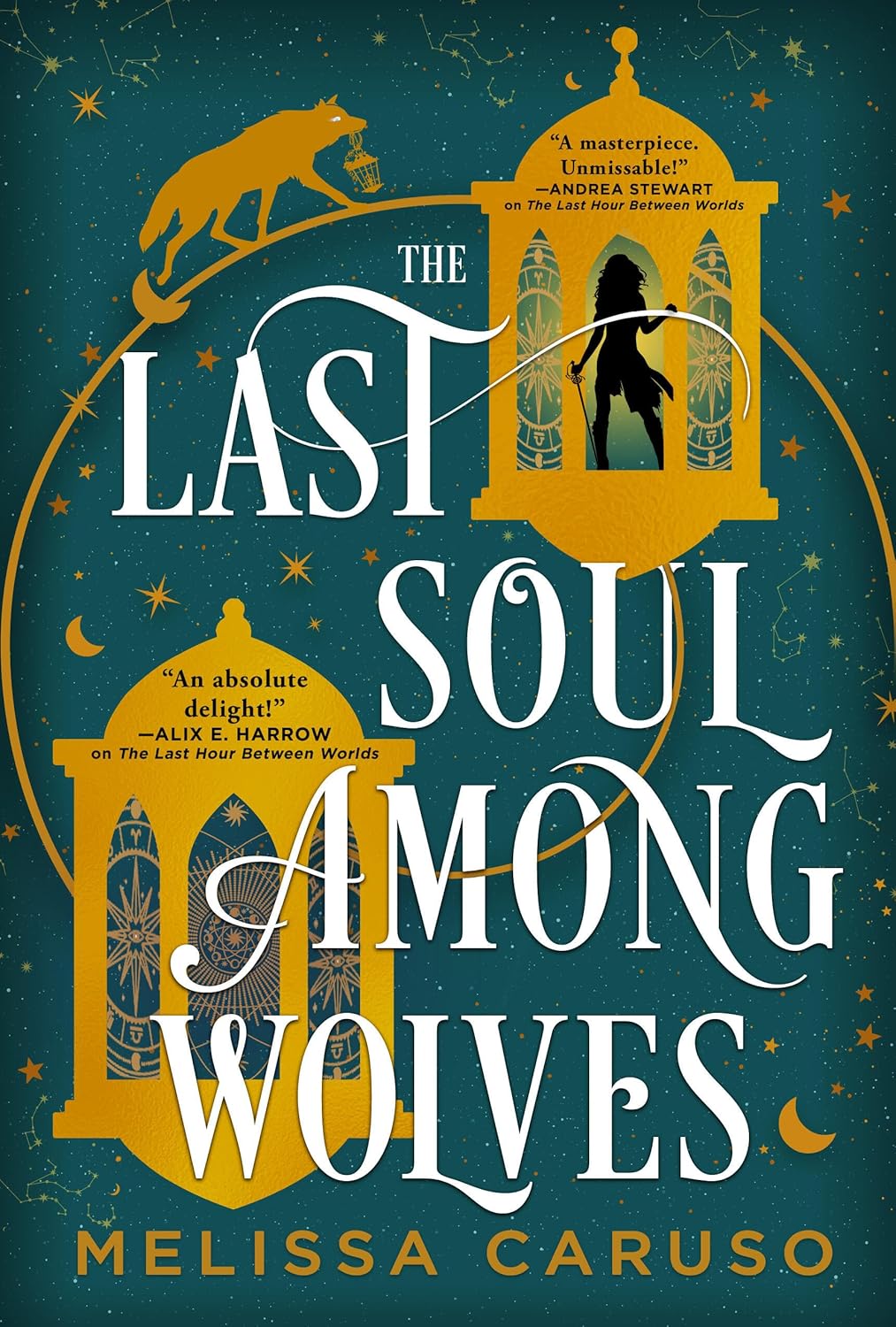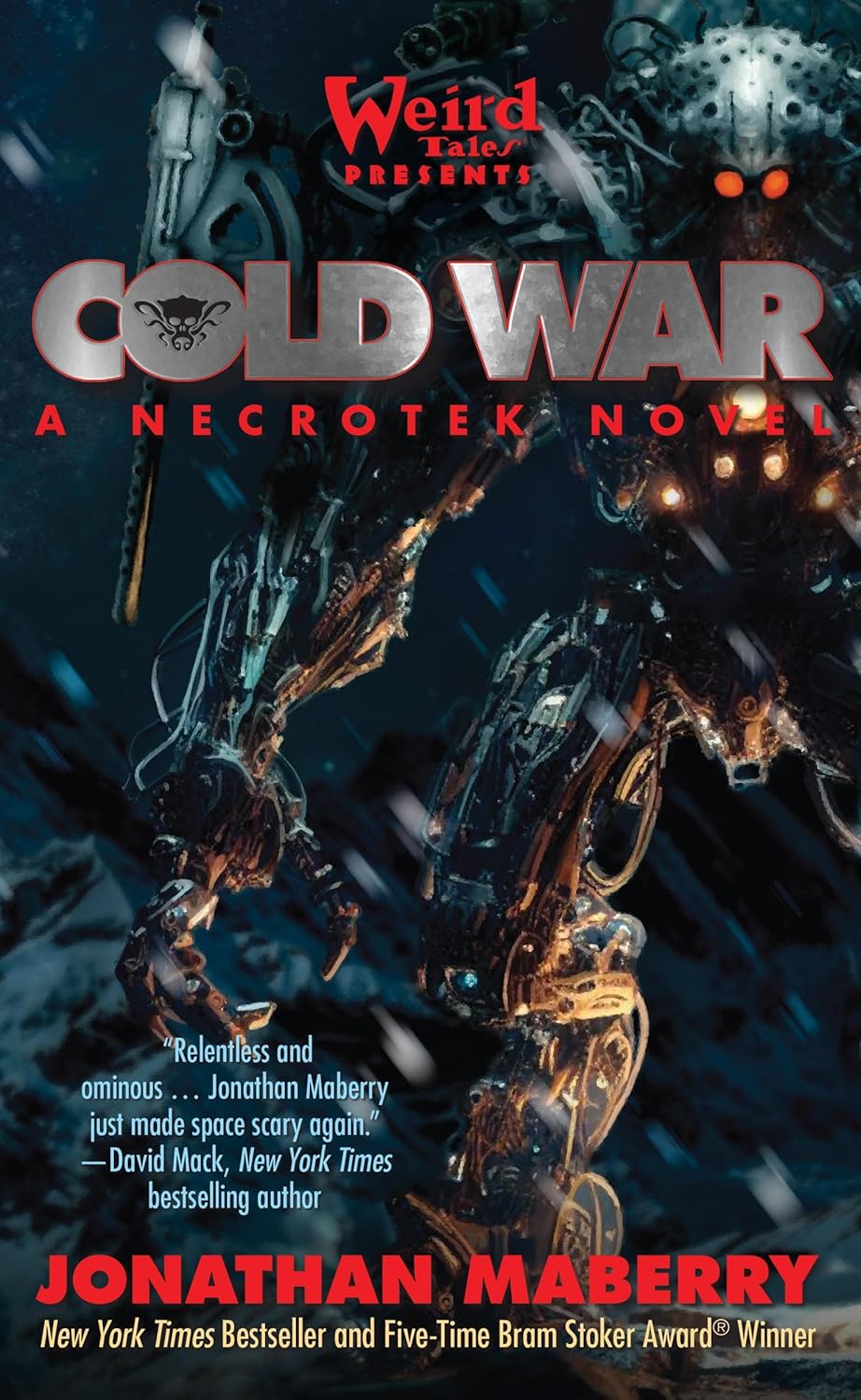
Publisher: Blackstone Audio (Audiobook – 14 October 2025)
Series: NecroTek – Book Two
Length: 19 hours and 33 minutes
My Rating: 5 out of 5 stars
The insanity and complex storytelling of Jonathan Maberry’s incredible NecroTek series continues in 2025 with the impressive and deeply intense sequel Cold War.
2025 has been a pretty awesome year for fans of Jonathan Maberry, as we have not only gotten the new Joe Ledger/Rogue Team International novel, Burn to Shine, but Maberry also continued his excellent NecroTek series. Released in collaboration with the iconic Weird Tales magazine, the series started last year with the amazing novel, NecroTek (one of my favourite books and audiobooks of 2024), this series saw Maberry combine compelling science fiction elements with his love for Lovecraftian horror, when, in the near future, a space station of scientists and soldiers is transported across the galaxy and forced to fight eldritch horrors. As the book continued, several of the human characters to become the titular NecroTeks, undead pilots of gigantic alien war machines, who are forced to risk the destruction of their souls to fight back against the monsters coming for them. Due to how powerful, compelling, and occasionally scary this novel got, I have been keen for the sequel, Cold War, for quite some time, and I made sure to check it out the amazing audiobook version of it a few weeks ago.
Plot Synopsis:
In NecroTek, Asphodel space station was accidentally teleported to the far side of the galaxy, where they became embroiled in a never-ending war against ancient cosmic horrors.
But there is much more to the story …
On Earth, scientists uncover an alien spacecraft buried for millions of years beneath Antarctic ice. Inside are terrible secrets and a creature desperate to escape.
Soon the scientists studying the Artifact begin to have terrifying dreams, driving many of them to madness and acts of shocking violence. Dr. Evie Cronin and her team struggle to find answers, fully aware that they may only be found out among the stars. Their investigation brings them to the orbit of Jupiter moments before the WarpLine gun misfires. Destiny is a vicious and devious thing.
On Asphodel Station, the newly created ghost-driven NecroTek fighting machines are engaged in a desperate battle for survival against the deadly shoggoth fleets. But a new and far more dangerous race of creatures is poised to attack, both with their own fleets and with nightmares forced into the minds of the dwindling human defenders.
The group of scientists from Antarctica and the survivors on Asphodel are pitted against an unstoppable enemy. If they fail, Asphodel Station will fall, and the Outer Gods will be free to wage a war of conquest across the galaxy—to Earth itself.
Jonathan Maberry once again delivers an impressive read with his outstanding and complex Cold War. Featuring an intense, character driven story that takes its protagonists to hell and back, Cold War was a powerful, horror-laden science fiction novel that refuses to let you go. I loved this book so much, and it gets a very easy five-star rating from me, and I have recently featured it on my recent favourite sequels and audiobooks lists of 2025.
Maberry produced a very exciting and captivating narrative for Cold War that goes in a very different direction than I would have expected after NecroTek, but which works as a very effective and expansive sequel. Initially showcasing the events in the aftermath of NecroTek and the first big battle for Asphodel Station, the reader is quickly and effectively reintroduced to the key characters from the first book and given an update on how they have continued to adapt to being transferred across the universe. The early chapters of Cold War also take the reader back in time a few years before the events of the first book, when a group of scientists uncover an ancient alien artifact in the Antarctic snow, keeping it secret from the world and all the protagonists of the first book.
Cold War’s narrative soon develops an interesting and noticeably uneven split in the storylines. While a good chunk of Cold War continues to showcase the figures on Asphodel and their multiple struggles, including the slow reveal of a new terrifying group of antagonists, much more focus is given to the Antarctic research plot line, with longer chapters dedicated to this part of the book. While this move away from the established plot is surprising, I personally thought it was very clever, as it allowed Maberry to further expand both the cast and the lore around the threats humanity was facing, while also bringing the story back to Earth. The cool exploration and first-contact scientific elements of this Antarctic storyline were also deeply compelling, and I got extremely absorbed in this part of Cold War’s narrative as the book continued. While there was more of a focus on the Earth-based narrative, the story around Asphodel was still very impressive, with some complex character development, multiple ultra-exciting sequences of space combat, and a growing sense of dread as dark forces stalk the protagonists.
The final third of Cold War sees the book’s two separate storylines come together in very direct way, which allows many of the unique characters developed in both NecroTek and Cold War to come together. While the transition to this part of the book is quite sudden, it allows for a very exciting end run of the book, as Maberry pumps up the action, and takes the protagonists through hell and back. Maberry brings out all his best horror writing as the now combined cast are forced to contend with a terrifying array of monsters and eldritch creatures, including another zombie substitute (Maberry loves his zombies). All the storylines from the first half pay off in this final part of Cold War, and while there aren’t too many surprises, you’re constantly on your feet as you wait to see who’s going to survive and which side characters are going to get killed off. The author leaves Cold War on a very interesting note, and I’m already extremely curious to see where he takes the NecroTek series going forward.
Maberry utilised his distinctive and well-honed thriller writing style in Cold War, which combined nicely with the science fiction story and the overarching horror vibes to create a brilliantly intense and fast-paced read. Once again breaking the story up into a series of short and sharp alternating perspective subchapters, Maberry constantly jumps Cold War’s story between multiple key protagonists, as well as some antagonists, to produce a wonderfully layered and powerful narrative that constantly has multiple awesome interlocking storylines on the go. This quick-paced style works well to enhance both the book’s horror and science fiction elements, and the constant jumps also increase the tension of the plot and produce some excellent action sequences, including some truly unique and ultra-impressive space combat sequences. There were also some new delightfully terrifying horrors determined to kill the protagonists both in their dreams and real life cleverly introduced in this novel, and Maberry did an amazing job building them up as a threat the entire book. Maberry also effectively splits his book into two separate narratives for much of Cold War’s runtime, with alternating chapters diving between the events in the present at Asphodel Station and the prequel storyline in Antarctica. This cool split really changed the feel and focus of Cold War compared to NecroTek, and while Maberry allowed both storylines to run mostly independently, they also worked well to support each other. All these great writing techniques and narrative choices allowed Cold War to really stand out as a sequel, and I liked how much stronger Cold War turned out as a result.
While Cold War does work extremely well as a sequel, with the author’s excellent storytelling choices and alternating timelines really adding a lot to the story from NecroTek, it does mean that this book is probably not as accessible to new readers as some of Maberry’s other works. Maberry does do his usual excellent job of recapping key events in the text as the book continues, so new readers do get a pretty good idea of what happened and who the key figures are. However, the full emotional impacts of events, as well as the significance of some of the revelations coming to light in Cold War’s big prequel narrative in Antarctica really aren’t going to hit readers as hard if they haven’t read the first book. Indeed, Cold War might be best read by established fans of Maberry, who will appreciate the author’s continued utilisation of Lovecraftian elements, as Maberry continues to showcase his love for the classic horrors with some fun science fiction twists. Experienced Maberry readers will also be more used to the author’s extreme content, as Cold War is as dark and disturbingly over-the-top as many of his books, with some very adult horror moments. Readers should also be on the lookout for easter eggs to some of Maberry’s works, including a fun reference to the antagonist of the Joe Ledger novel Dogs of War. As such, this is very much a book for those readers familiar with the author, although I think new fans would be in for an excellent time.
As with most of Maberry’s writing, one of Cold War’s big strengths is its excellent contingent of complex and often highly damaged characters, whose unique interactions and experiences during these terrifying times frame the book’s captivating narrative. Cold War contains an interesting mixture of returning figures from NecroTek and a new batch of protagonists who end up taking over a good part of the plot. This includes Professor Evie Cronin, the leader of the expedition who discovers the alien artifact in Antarctica. Evie serves as a great new major protagonist for the series, and Maberry’s choice to set much of Cold War’s narrative around her, ensures that the NecroTek books continue to have a strong scientific basis to their narratives. The author really tries to capture the shock, excitement and fear that would accompany the discovery of an alien ship through Evie’s experiences in Cold War, and she serves as a relatable and likeable major focus for much of the book’s plot. Maberry also works in a nice romance angle between Evie and shooter Jenny Spears, that serves as a big emotional part of Cold War’s plot, and which added to the stakes and impact of some of the high-tension sequences. Of the remaining new characters introduced in Cold War, my favourite was probably Dr Torquil Brollachan, a government scientist who takes over the investigation of the alien artifact. A complex and guarded figure, Dr Brollachan serves as an interesting foil to Evie and his secret motivations and dangerous priorities turns him into a bit of a Dr Frankenstein figure at times (an apt comparison that Dr Brollachan would appreciate), resulting in some fantastic reveals in the second part of the book.
While these new characters are impactful and have some very compelling storylines around them, their inclusion does mean that the cast introduced in NecroTek don’t get as much time to shine as they previously did. Still Maberry keeps many of their storylines going, and all of them serve as a key part of the book’s plot. This includes the main character from the first book, Dr Lars Soren, whose steady presence continues to be a great part of Cold War, and I enjoyed how Maberry further explored his cosmic philosophy ideas in the interludes. The continued inclusion of the dead characters brought back as NecroTeks was also very compelling, with their experiences, including that of Bianca Petrescu, providing some complex existential elements to the plot. I also liked how Maberry choice to focus a lot more on pilot character Lieutenant Commander Veronica Roland, better known as Calisto, who was forced to step up and lead the human pilots defending Asphodel Station. Calisto’s struggle to become a leader, as well as the distinctive and beautifully written fighter combat sequences, are another amazing highlight, and I appreciated how well her scenes were written in this sequel. Throw in the entertaining Irish necromancer, Lady Jessica, who spends much of the book recovering from the events of NecroTek, and the cast of Cold War was a very awesome part of this book, and I personally cannot wait to see where all their captivating and haunting personal stories go from here.
Like I have with all the other Maberry novels I have had the pleasure of reading, I ended up enjoying Cold War on audiobook, which I find is the best way to enjoy the author’s thrilling narratives. I always find that Maberry’s dark tales and intricate and exciting writing style always translate nicely to the audiobook format, and they tend to be some of the best listens each year. Indeed, as I mentioned above, Cold War was one of my favourite audiobooks of 2025, and I ended up powering through this new audiobook’s 19-and-a-half-hour-long runtime. Much of Cold War’s epic success on audiobook once again lies in the narration of Maberry’s long-time audiobook collaborator, Ray Porter. Porter, who is one of my favourite audiobook narrators, always perfectly matches the dark and sinister tones of Maberry’s writing, and I really love the sense of menace and intensity he brings to audiobooks like Cold War, as he conveys the underlying threat and fear Maberry weaves into his tales. Porter also expertly delivers all the book’s awesome action, great humour, and other deeper emotions, to the listener and there is always a great synchronisation between Porter’s narration and the intent of Maberry’s writing. Porter also has an outstanding array of distinctive voices for the book’s characters, and I love how he always manages to bring the best out of Cold War’s complex casts. All these voices, including for the various new characters introduced in this sequel, were extremely fitting for their respective cast member, and I appreciate how effectively Porter portrays each figure’s emotions. Porter also does an exceptional job voicing the sinister monsters and other eldritch figures haunting the protagonists, and the impressive array of creepy voices really emphasises the dark nature of Cold War’s story to the listener. All this results in quite an exceptional listen, and it’s one that I cannot recommend enough. Honestly, I don’t think it’s going to be possible for me to ever not enjoy a Maberry novel on audiobook, especially if Porter is narrating, and there is a reason these epic listens always top my best audiobook lists each year.
Maberry’s outstanding NecroTek series continues in extremely strong fashion with the extremely captivating Cold War. Cleverly expanding on the story from the first novel, NecroTek, Cold War effortlessly kept up the terrifying tension as multiple compelling characters continue to experience the dark horrors the universe has in store for them. I had an exceptional time with Cold War, and I have no problem letting you know that this book will be appearing in my favourite novels of 2025 later this week. I’m also extremely excited as a Maberry fan for 2026, as not only do we have the new Joe Ledger book, Red Empire, coming out in March, but the NecroTek series will also thankfully be continuing, with a third novel, Ghosts of the Void, tentatively set for release towards the end of the year.



